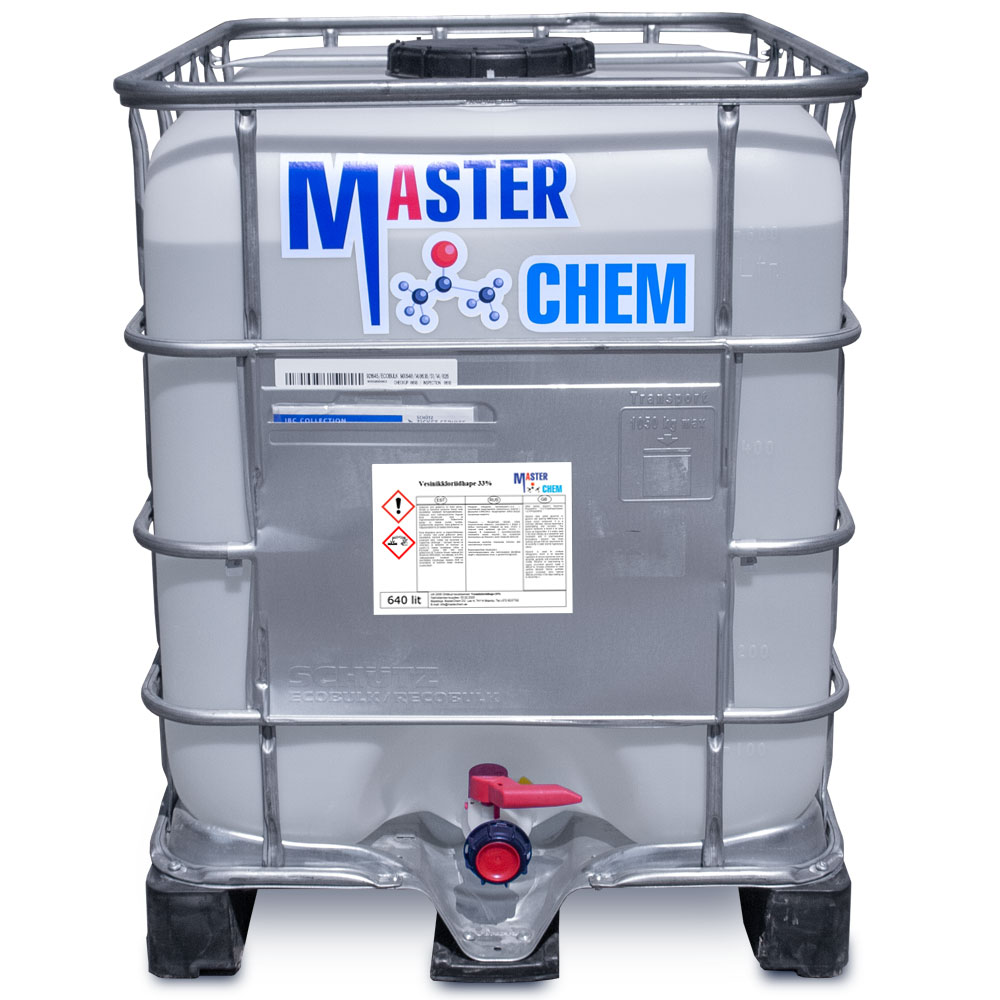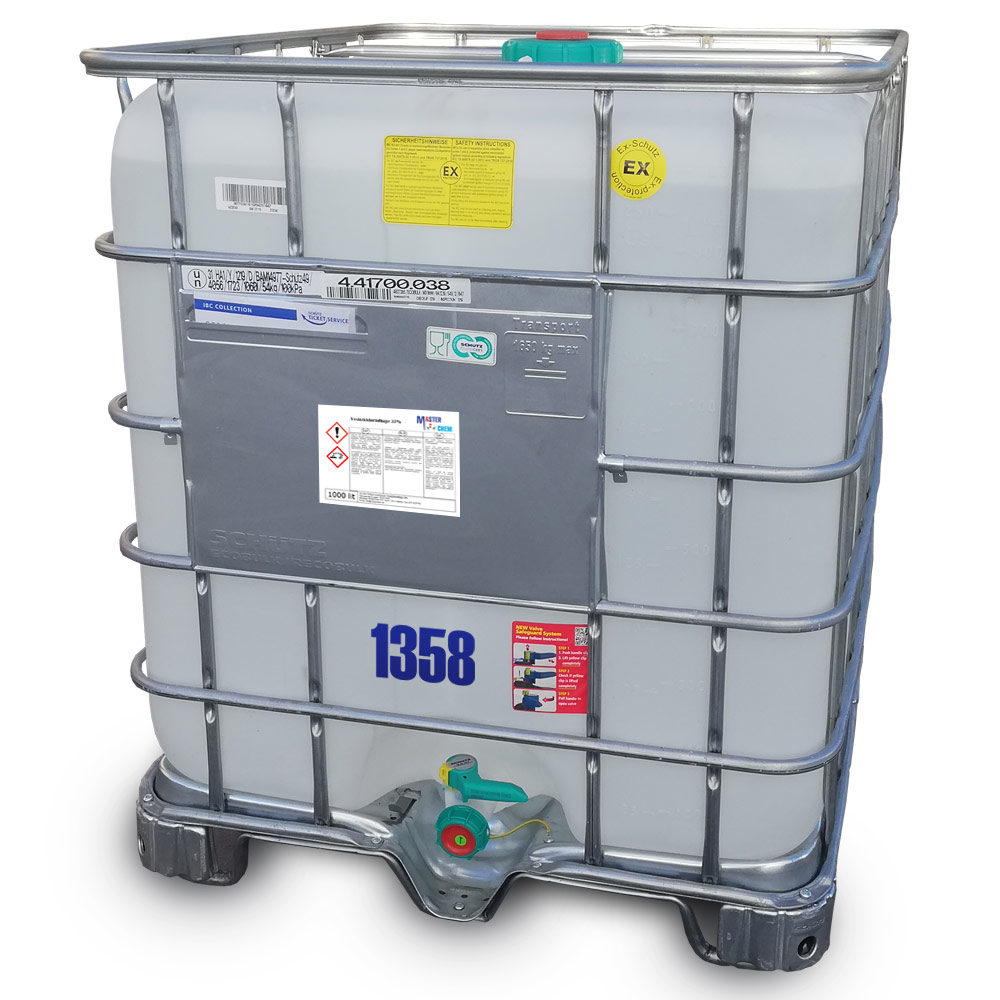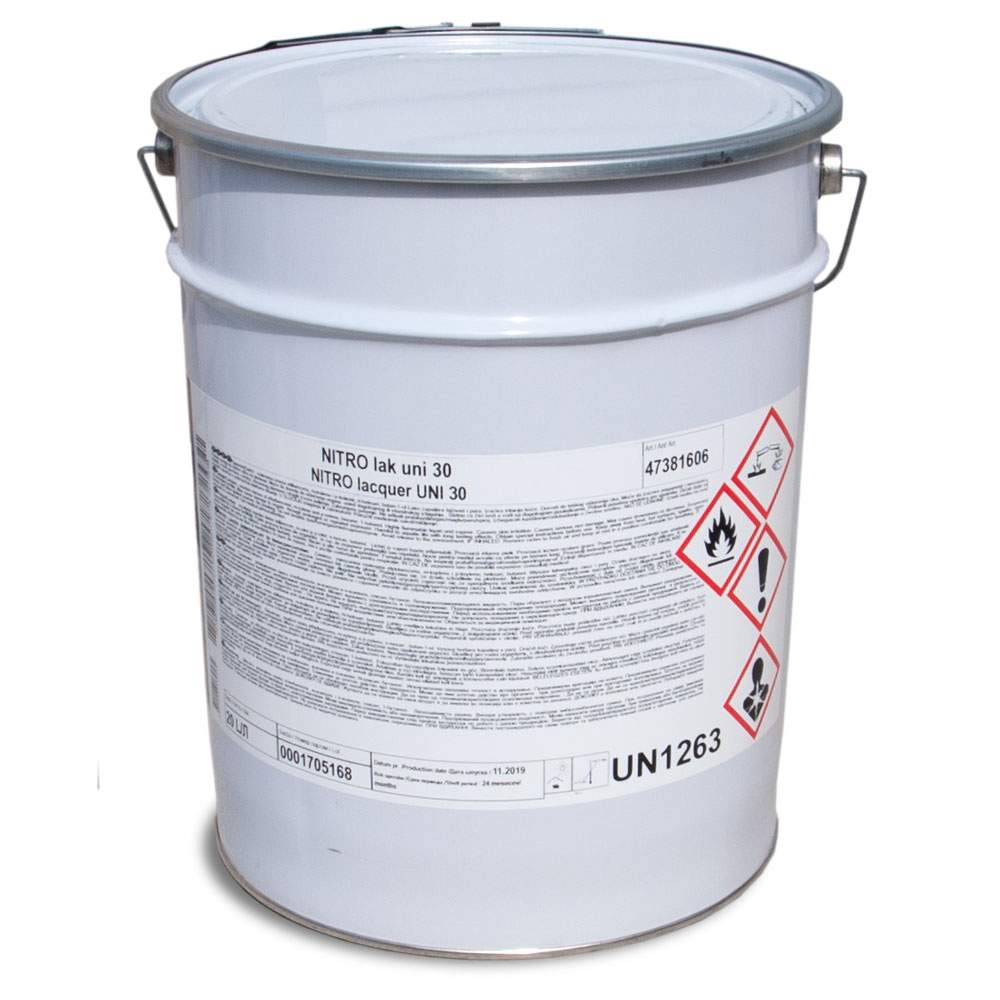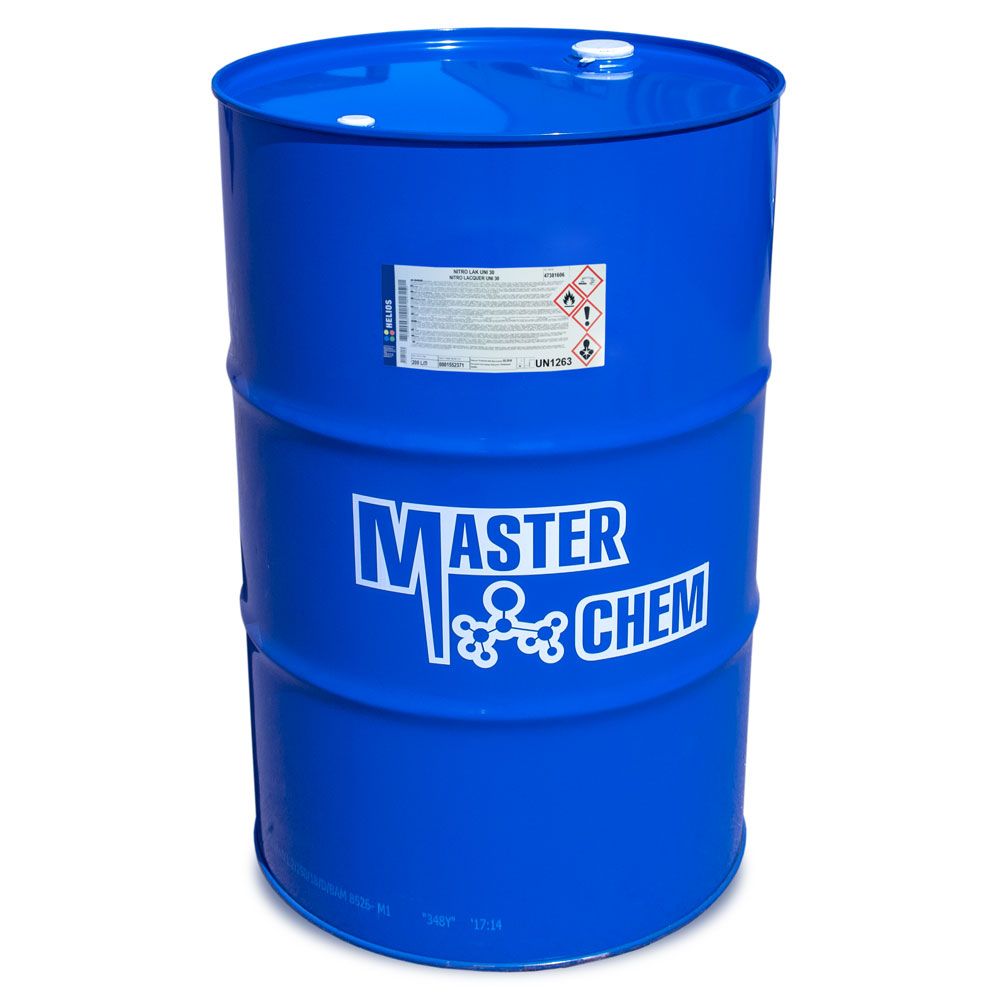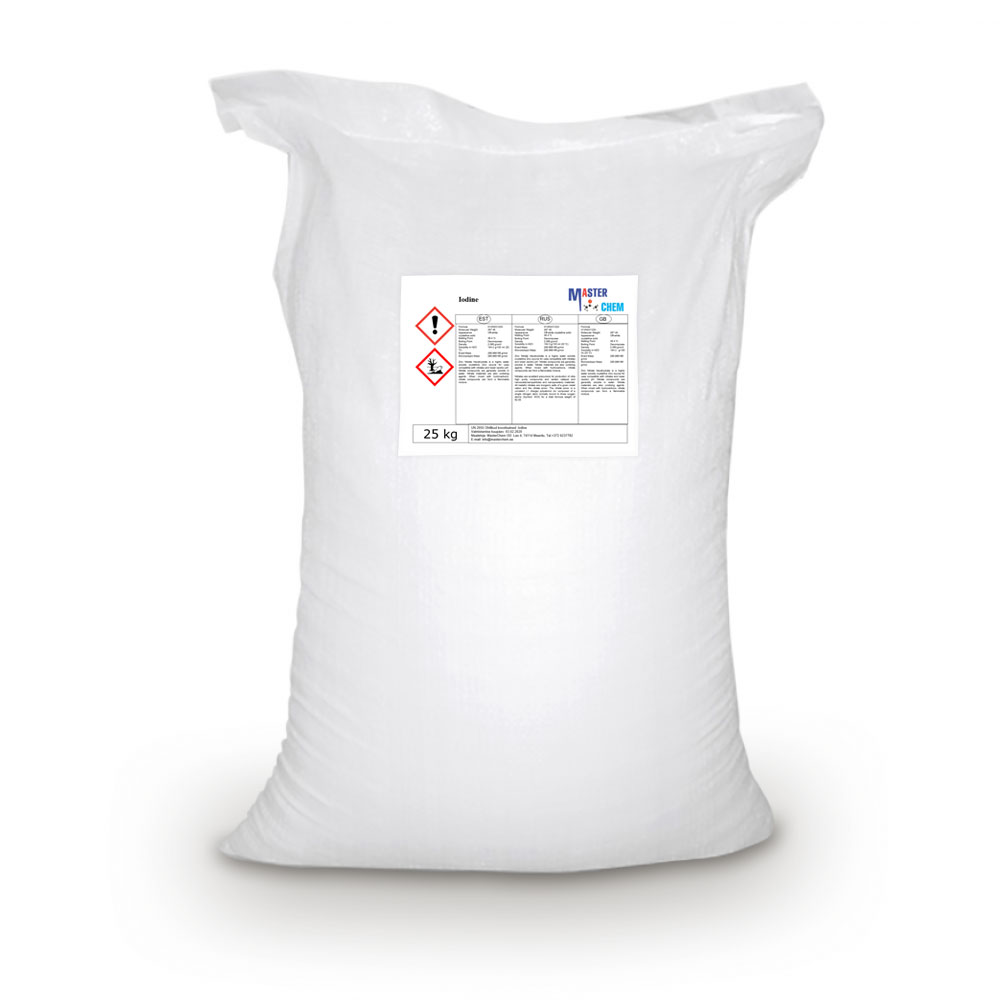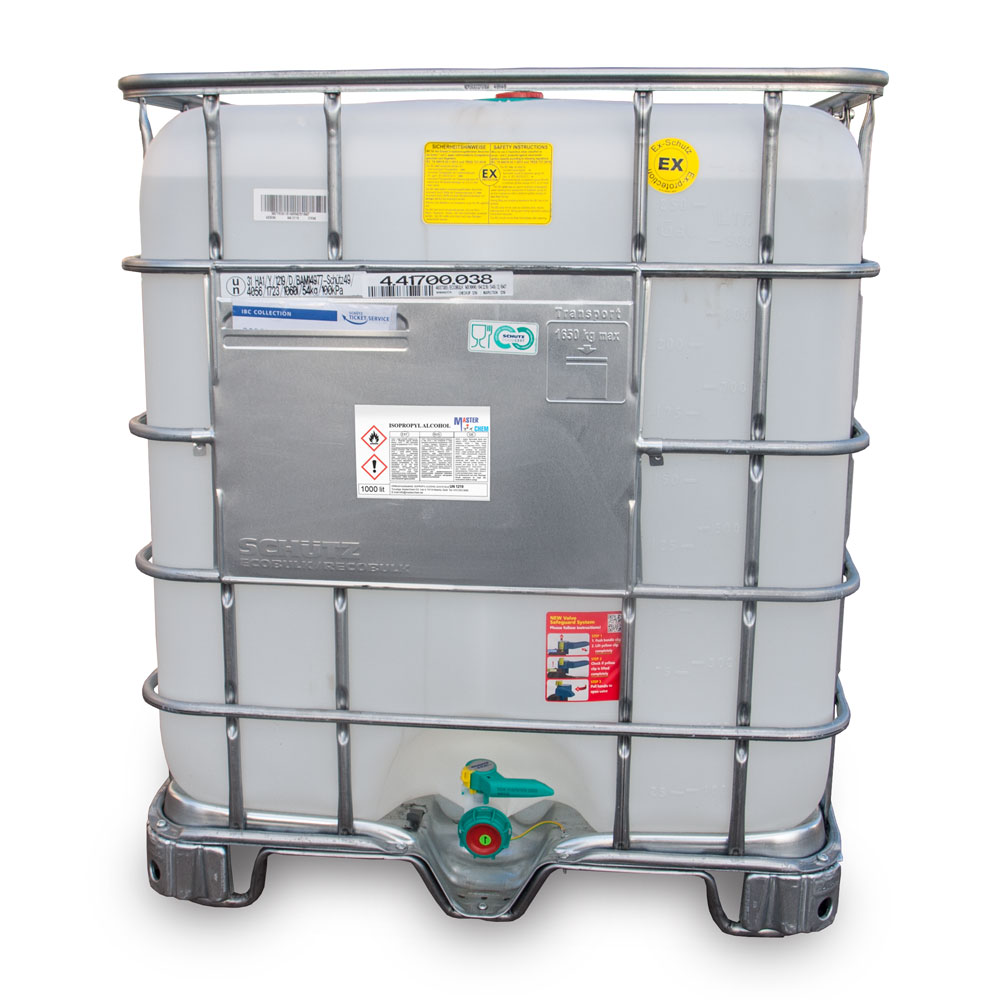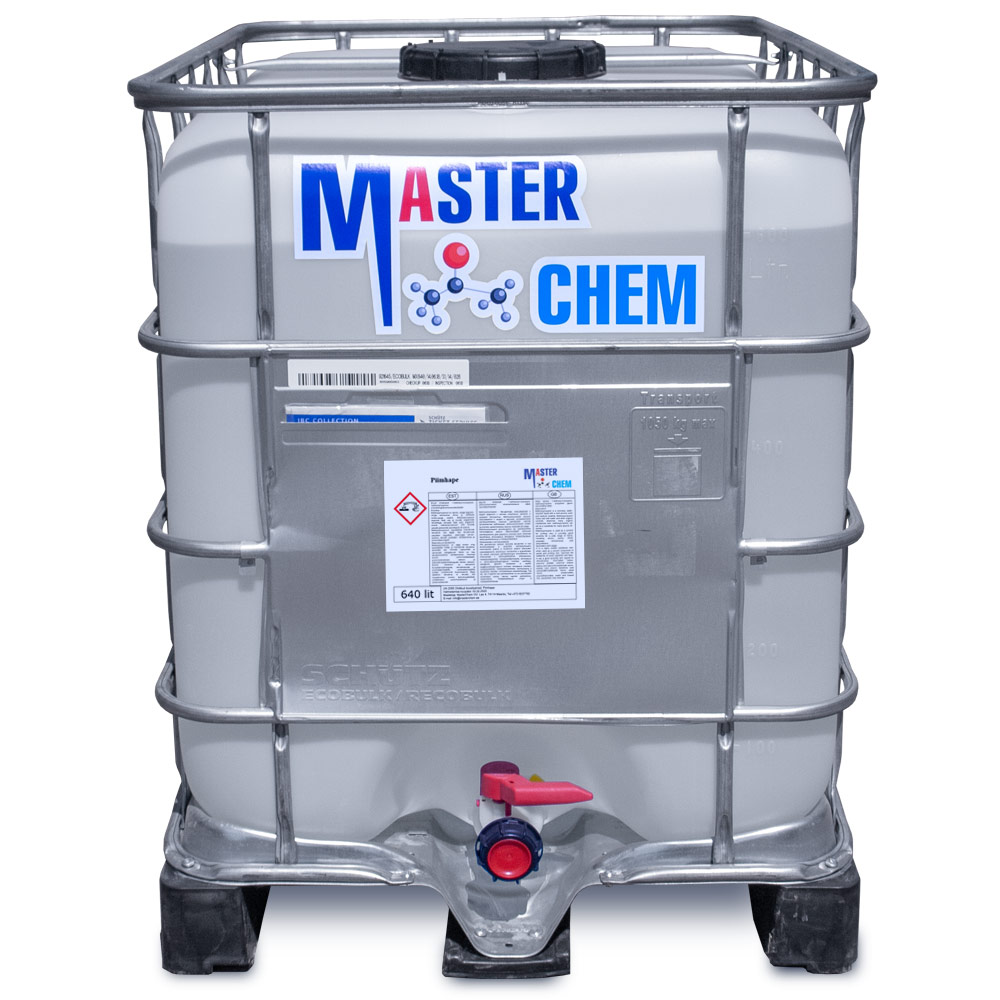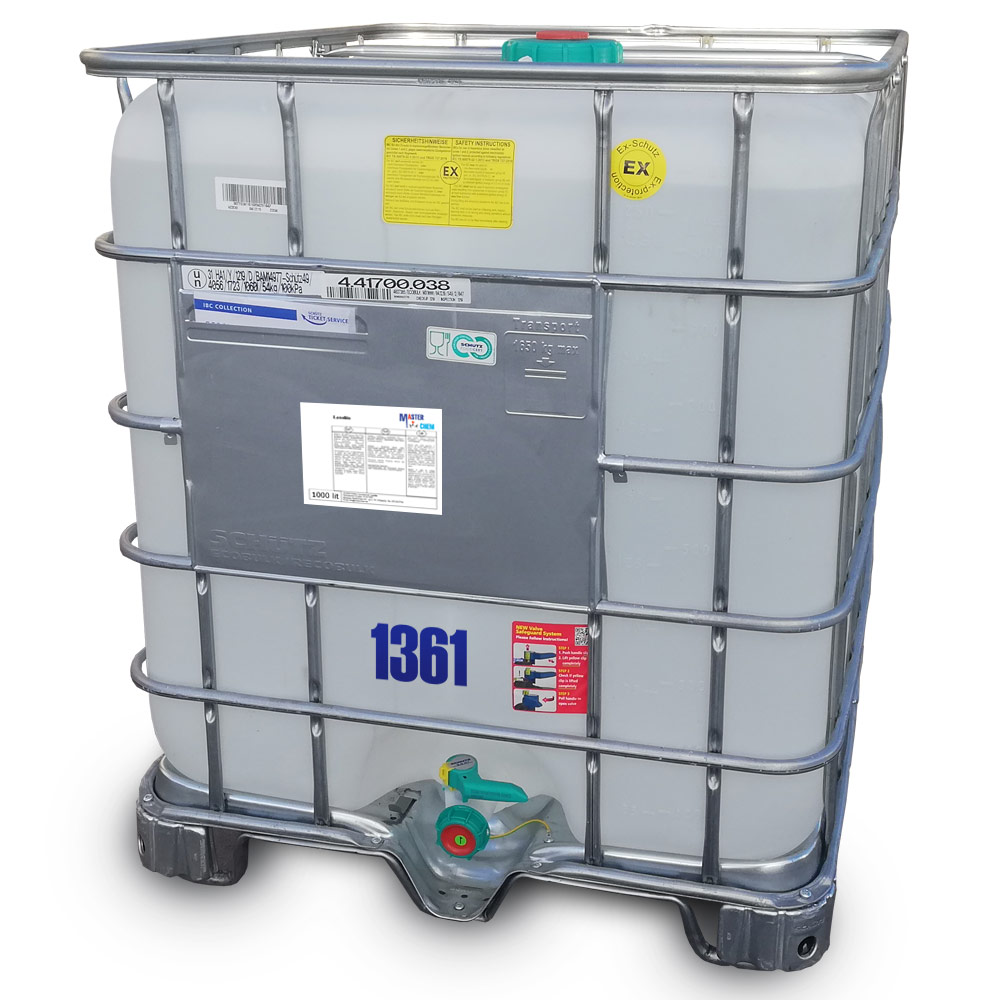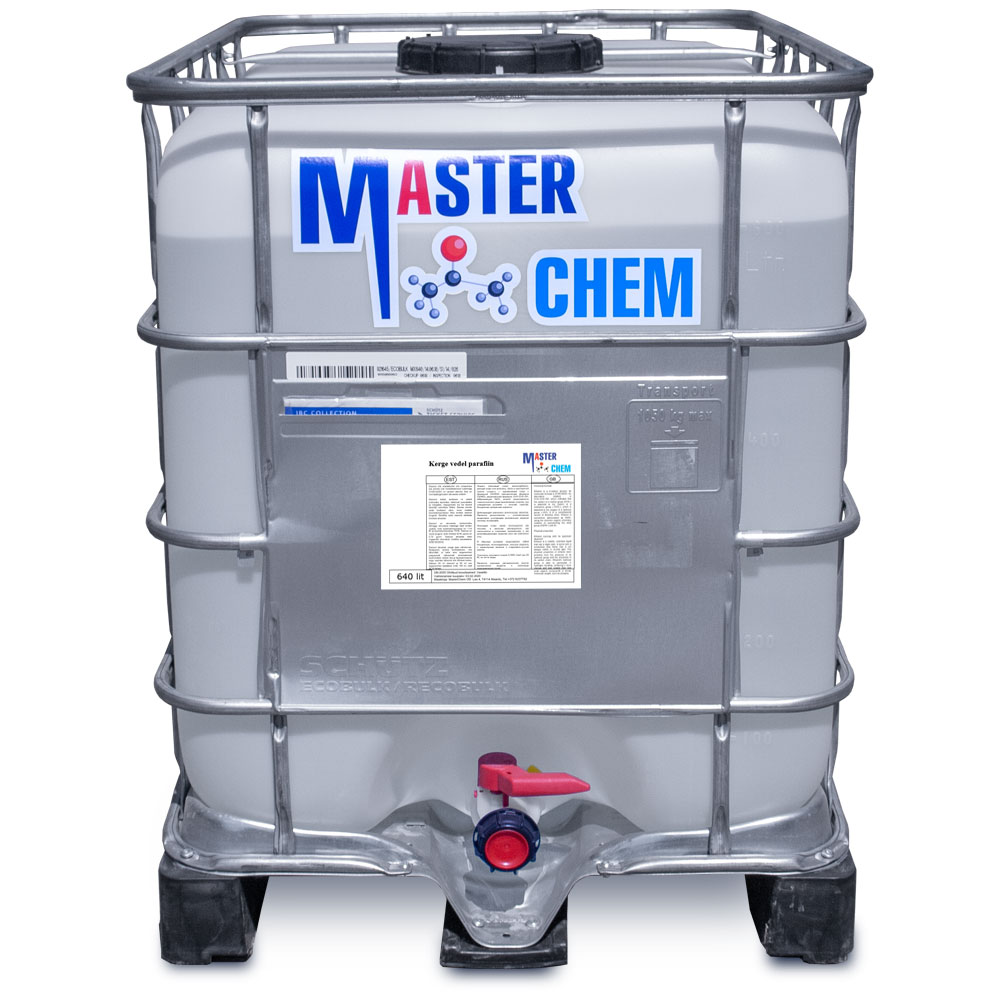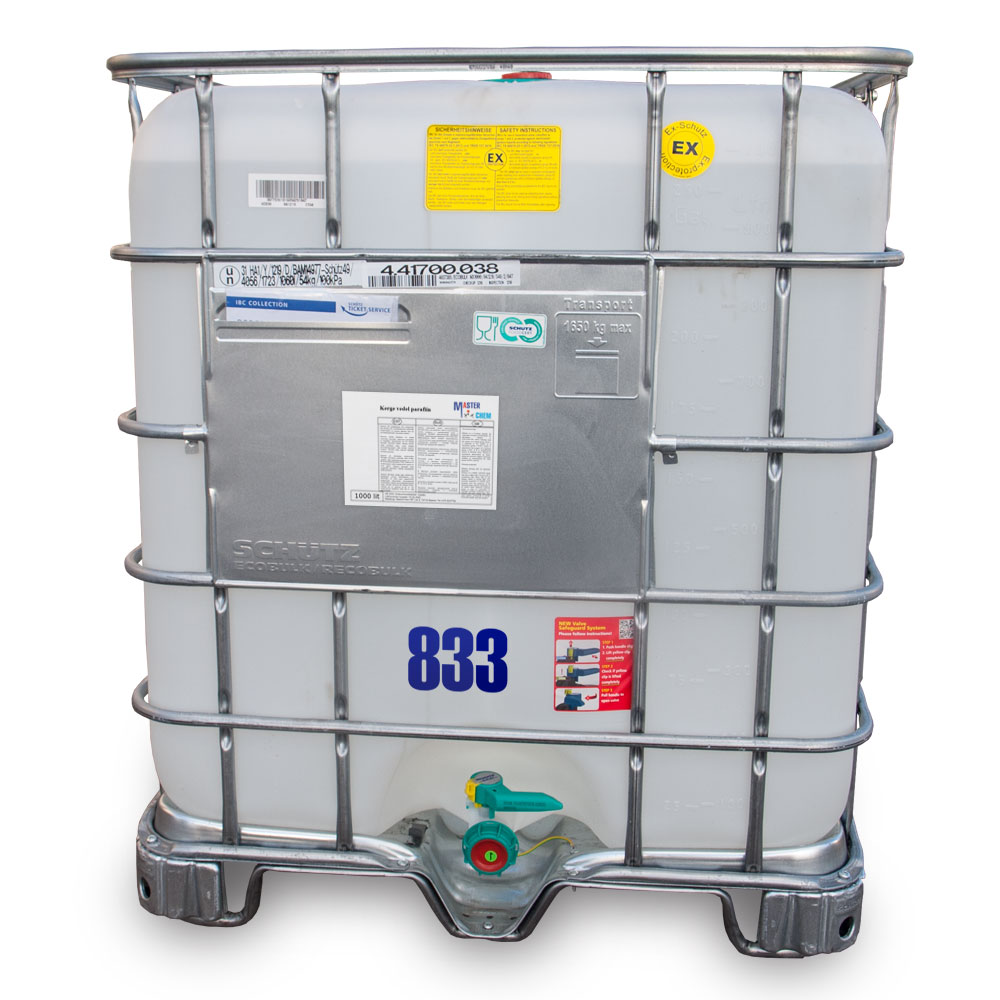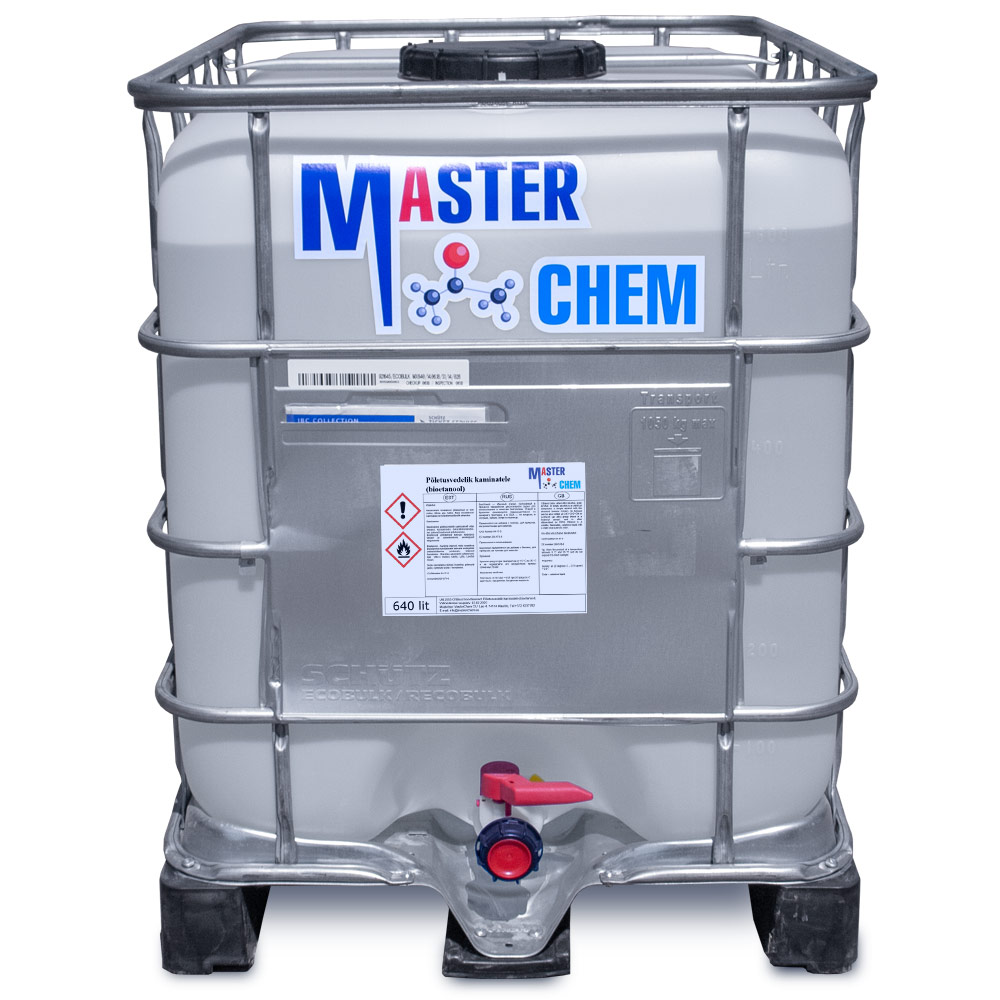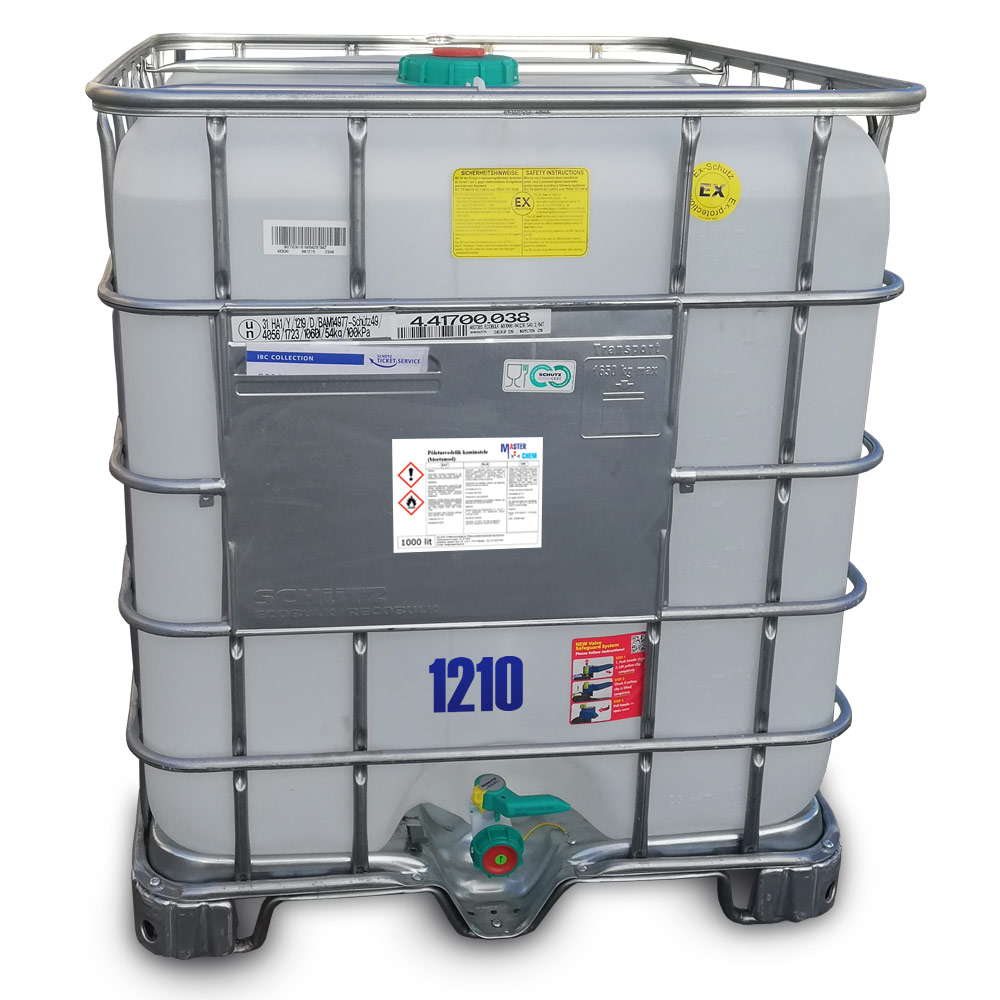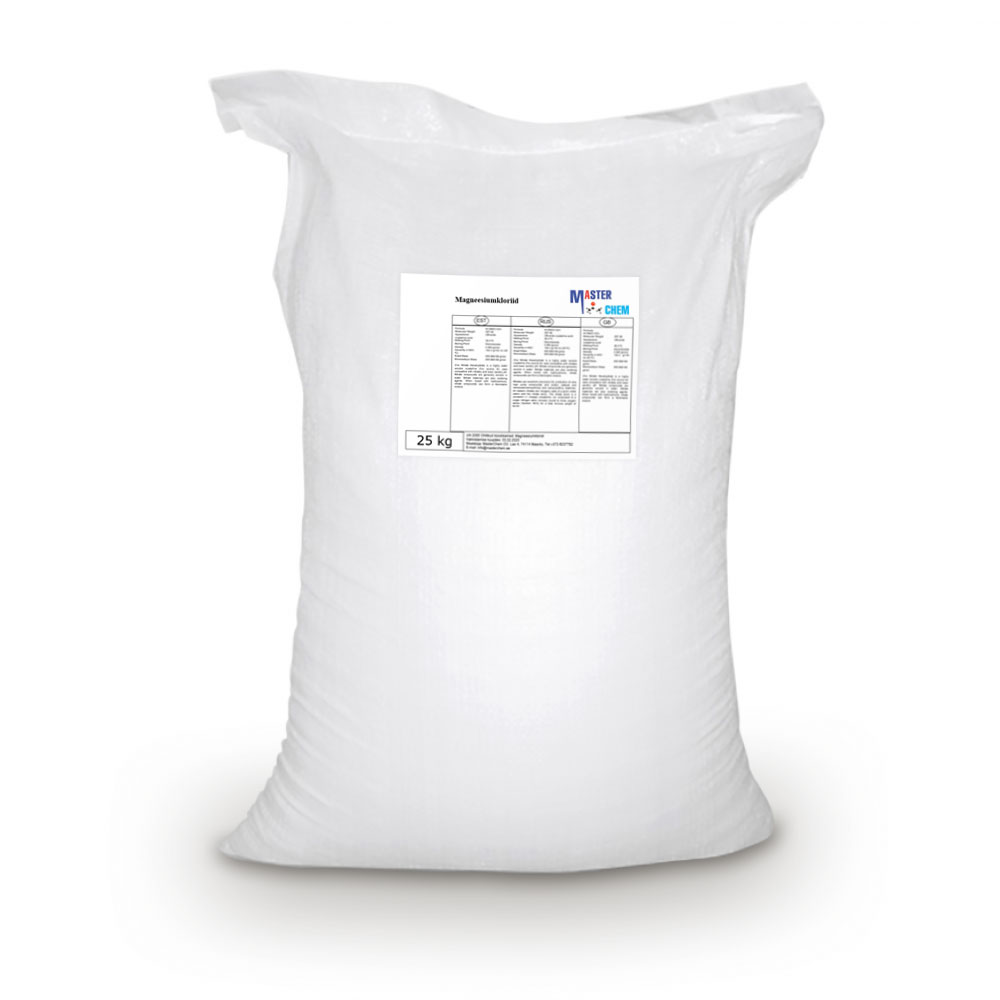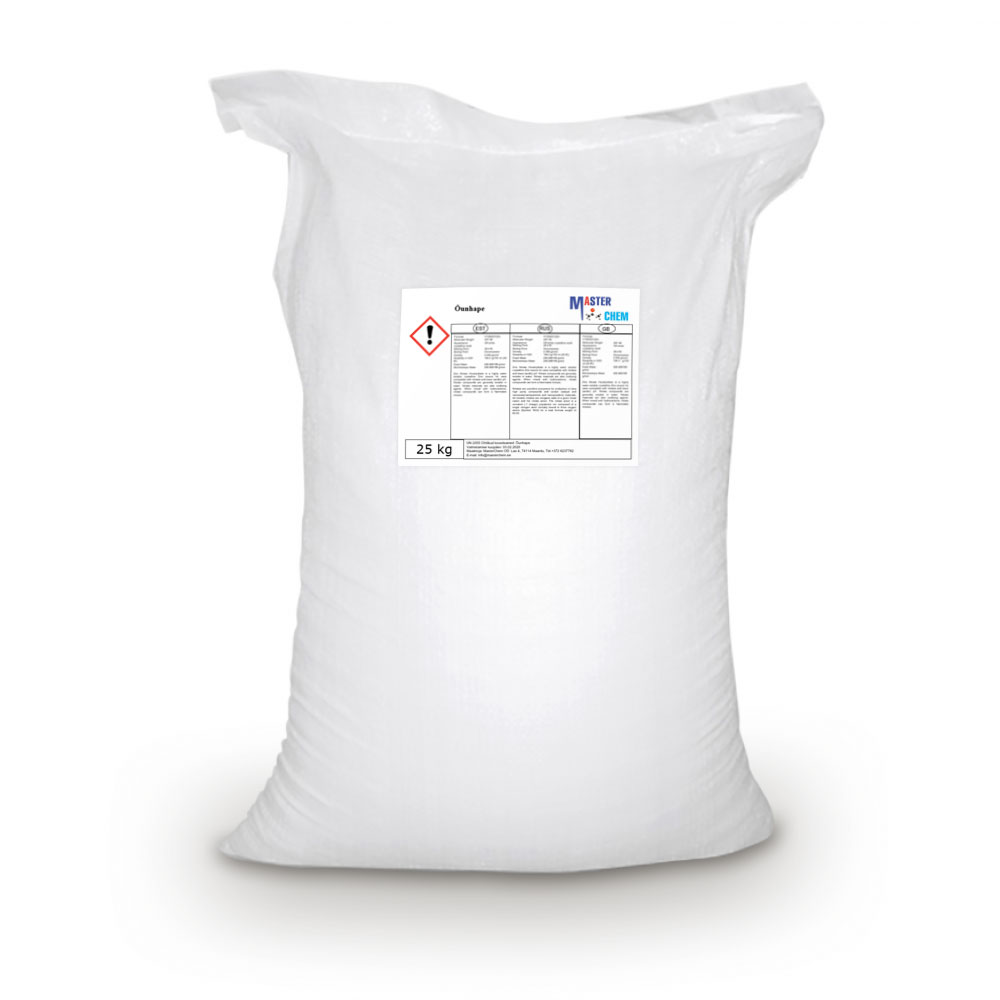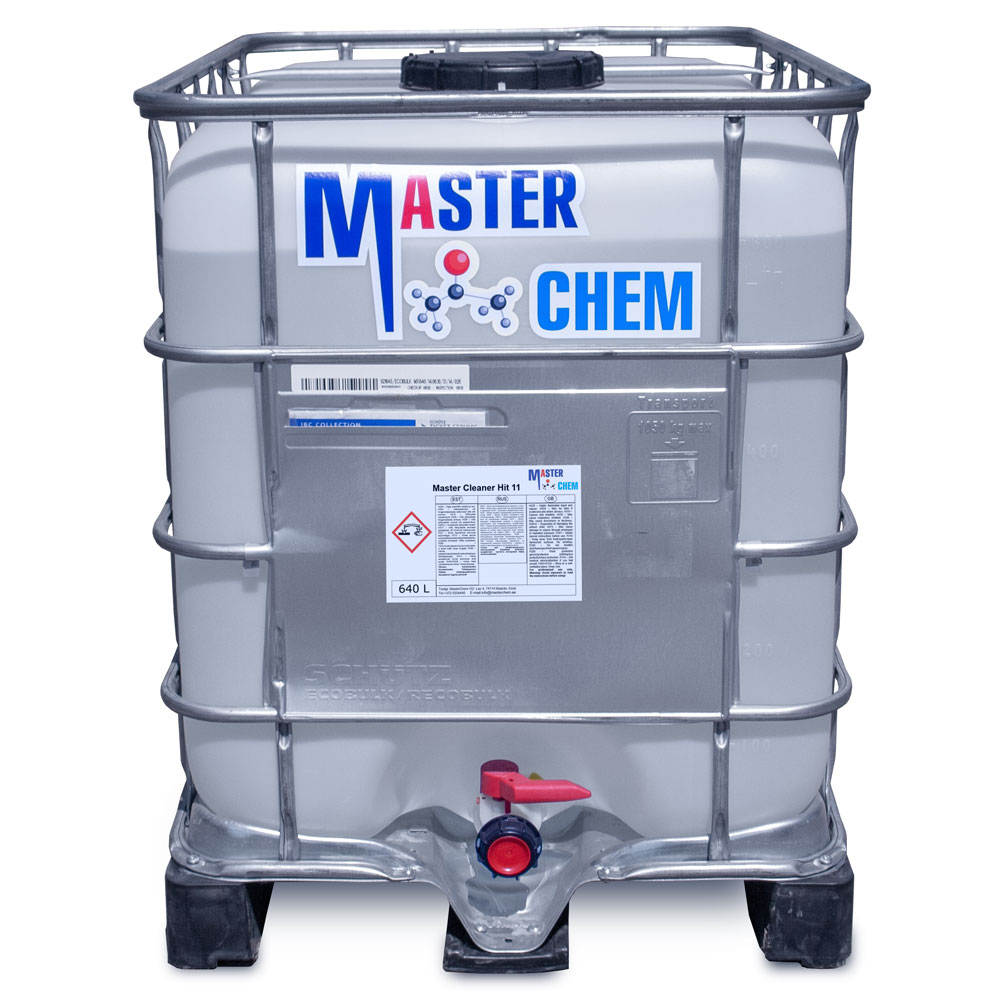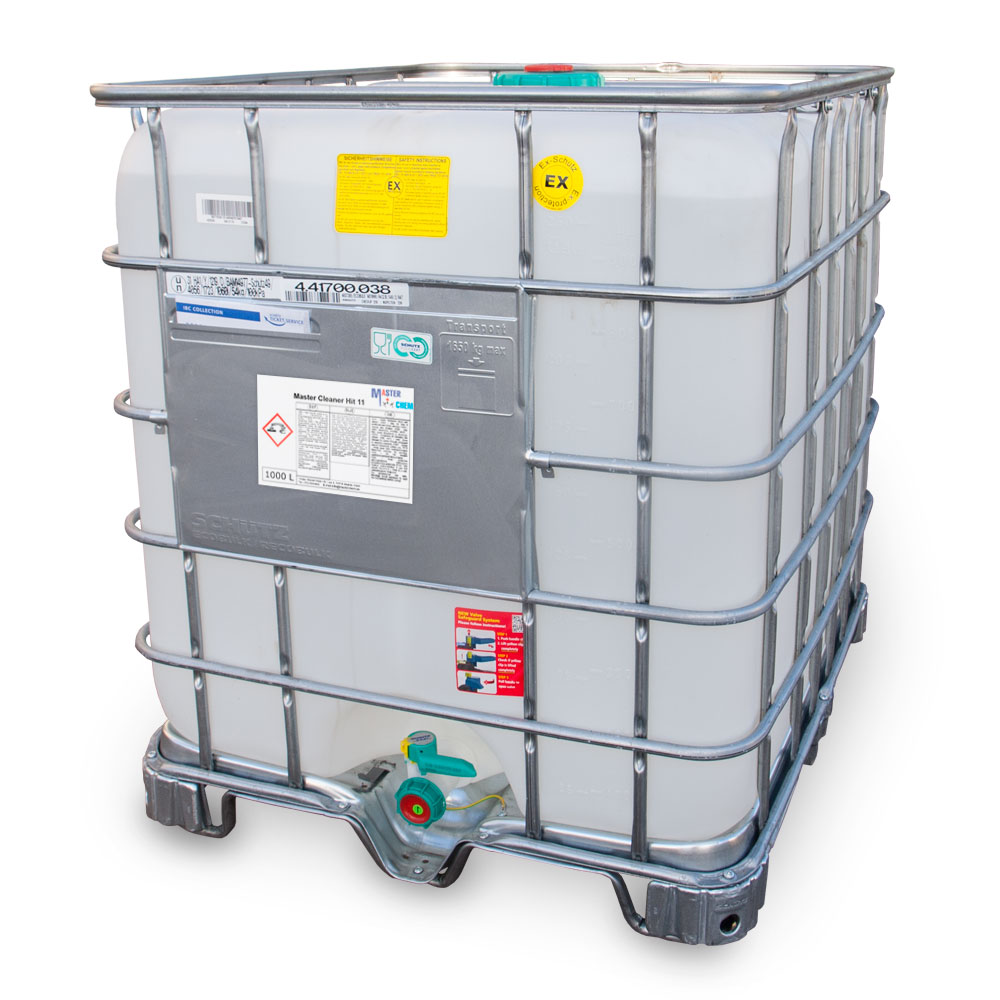Currently Empty: €0.00
Hydrochloric Acid 33%, 37% (CAS 7647-01-0)
Hydrochloric Acid 33%, 37% (CAS 7647-01-0)
Hydrochloric acid, also known as muriatic acid, is an aqueous solution of hydrogen chloride. It is a colorless solution with a distinctive pungent smell. It is classified as a strong acid. It is a component of the gastric acid in the digestive systems of most animal species, including humans. Hydrochloric acid is an important laboratory reagent and industrial chemical.
Physical properties of hydrochloric acid, such as boiling and melting points, density, and pH, depend on the concentration or molarity of HCl in the aqueous solution. They range from those of water at very low concentrations approaching 0% HCl to values for fuming hydrochloric acid at over 40% HCl.
Hydrochloric acid as the binary (two-component) mixture of HCl and H2O has a constant-boiling azeotrope at 20.2% HCl and 108.6 °C (227 °F). There are four constant-crystallization eutectic points for hydrochloric acid, between the crystal form of [H3O]Cl (68% HCl), [H5O2]Cl (51% HCl), [H7O3]Cl (41% HCl), [H3O]Cl·5H2O (25% HCl), and ice (0% HCl). There is also a metastable eutectic point at 24.8% between ice and the [H7O3]Cl crystallization. They are all Hydronium salts.
Industrial Nitro Lacquer Univeral
Definition and application field
NITRO LACQUER UNIVERSAL is a clear coating,for protecting and decorating room furniture and enterior elements (massive and veneer) which are not exposed to significant mechanical and chemical influences. Can be use like base and finish coating.
This product is based on nitrocellulose, alkyd resins and organic solvents, with the addition of funds for grinding and other special additives
Industrial Polyurethane Lacquer Univeral
Two-component polyurethane-based coating
PURPOSE
• It is used as a primer and finish coating in the protective system of paintwork:
• – veneered furniture
• – solid furniture
• – chairs and items of haberdashery
• It is used as a finishing or universal varnish, ie priming and finishing coat with intermediate grinding.
Iodine (CAS 7553-56-2)
Iodine (CAS 7553-56-2)
Iodine is a chemical element with the symbol I and atomic number 53. The heaviest of the stable halogens, it exists as a semi-lustrous, non-metallic solid at standard conditions that melts to form a deep violet liquid at 114 degrees Celsius, and boils to a violet gas at 184 degrees Celsius. The element was discovered by the French chemist Bernard Courtois in 1811, and was named two years later by Joseph Louis Gay-Lussac, after the Greek ἰώδης “violet-coloured”.
Iodine occurs in many oxidation states, including iodide (I−), iodate (IO−
3), and the various periodate anions. It is the least abundant of the stable halogens, being the sixty-first most abundant element. It is the heaviest essential mineral nutrient. Iodine is essential in the synthesis of thyroid hormones. Iodine deficiency affects about two billion people and is the leading preventable cause of intellectual disabilities.
The dominant producers of iodine today are Chile and Japan. Iodine and its compounds are primarily used in nutrition. Due to its high atomic number and ease of attachment to organic compounds, it has also found favour as a non-toxic radiocontrast material. Because of the specificity of its uptake by the human body, radioactive isotopes of iodine can also be used to treat thyroid cancer. Iodine is also used as a catalyst in the industrial production of acetic acid and some polymers.
Lactic acid 50% (CAS 598-82-3)
Lactic acid 50% (CAS 598-82-3)
Lactic acid is an organic acid. It has a molecular formula CH3CH(OH)COOH. It is white in the solid state and it is miscible with water. When in the dissolved state, it forms a colorless solution. Production includes both artificial synthesis as well as natural sources. Lactic acid is an alpha-hydroxy acid (AHA) due to the presence of a hydroxyl group adjacent to the carboxyl group. It is used as a synthetic intermediate in many organic synthesis industries and in various biochemical industries. The conjugate base of lactic acid is called lactate.
In solution, it can ionize by loss of a proton to produce the lactate ion CH3CH(OH)CO−2. Compared to acetic acid, its pKa is 1 unit less, meaning lactic acid is ten times more acidic than acetic acid. This higher acidity is the consequence of the intramolecular hydrogen bonding between the α-hydroxyl and the carboxylate group.
Lanolin (CAS 8006-54-0)
Lanolin (CAS 8006-54-0)
Lanolin oil is a secretion from sheep’s skin. It’s similar to human sebum, an oil secreted by the sebaceous glands that you may notice particularly on your nose. Unlike sebum, lanolin contains no triglycerides. Lanolin is sometimes referred to as “wool fat,” but the term is misleading because it lacks triglycerides needed to be considered a fat. The purpose of lanolin is to condition and protect sheep’s wool. This conditioning property is why the substance is now widely used in human cosmetics, skin care, and hair products. Lanolin oil is extracted by putting sheep’s wool through a centrifuge machine that separates the oil from other chemicals and debris. The process is performed after the sheep is sheared so the extraction of lanolin causes no harm to sheep.
Light liquid paraffin (CAS 8042-47-5)
Light liquid paraffin (CAS 8042-47-5)
Light Liquid Paraffin Oil Ip is used in the manufacture of Antistatic Coning oil, Knitting oil & other Textile Auxiliaries, Plant Spray Oil, Agrochemicals, Aerosols, Dye Intermediates, Paper Industry; Perfumery, Food Grade Speciality Lubricants, Food Grade Plastics used as a Lubricant Plasticizer, Attars, Flavours & Fragrances, Perfumery Chemicals, Speciality Chemicals, Incenses, Personal Care Products, Leather Chemicals, Fat Liquors, Petrochemical Solvents, etc. It may also be used in the manufacture of Pharmaceuticals and Cosmetic Products like Creams, Lotions, Perfumery Industry, Bulk Drugs & Food Industry etc.
Liquid for fireplaces (bioethanol)
– Safest liquid fuel for indoor bio-ethanol ventless fireplace use. Especially formulated for indoor use, but great for outdoors too
No Emission of Hazardous Fumes or Toxins-Pure Bio-ethanol fuel
Clean Burning, No Soot or Ash
Burn time up to 5 hours, depending upon model of fireplace and burner design.
Magnesium chloride (CAS 7791-18-6)
Magnesium chloride (CAS 7791-18-6)
Magnesium chloride is the name for the chemical compound with the formula MgCl2 and its various hydrates MgCl2(H2O)x. Anhydrous MgCl2 contains 25.5% elemental magnesium by mass. These salts are typical ionic halides, being highly soluble in water. The hydrated magnesium chloride can be extracted from brine or sea water. In North America, magnesium chloride is produced primarily from Great Salt Lake brine. It is extracted in a similar process from the Dead Sea in the Jordan Valley. Magnesium chloride, as the natural mineral bischofite, is also extracted (by solution mining) out of ancient seabeds, for example, the Zechstein seabed in northwest Europe. Some magnesium chloride is made from solar evaporation of seawater. Anhydrous magnesium chloride is the principal precursor to magnesium metal, which is produced on a large scale. Hydrated magnesium chloride is the form most readily available.
Malic acid (CAS 6915-15-7)
Malic acid (CAS 6915-15-7)
Malic acid is an organic compound with the molecular formula C4H6O5. It is a dicarboxylic acid that is made by all living organisms, contributes to the sour taste of fruits, and is used as a food additive. Malic acid has two stereoisomeric forms (L- and D-enantiomers), though only the L-isomer exists naturally. The salts and esters of malic acid are known as malates. The malate anion is an intermediate in the citric acid cycle.

